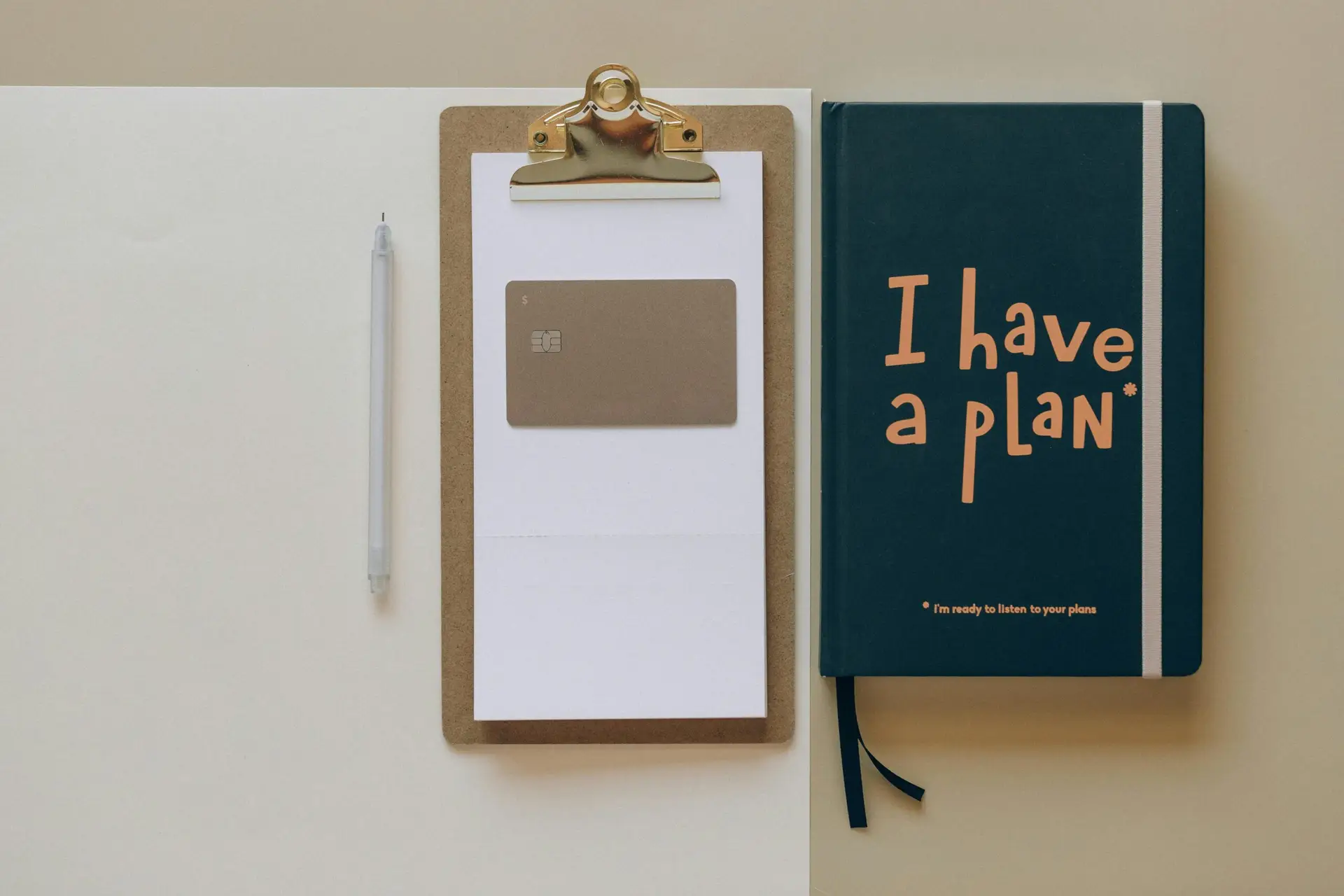Buying a home is one of the biggest financial decisions most people will ever make. However, with the rising cost of real estate, most homebuyers rely on mortgages to finance their purchases. But what exactly is a mortgage? How does it work, and what should you consider before getting one?
In this comprehensive guide, we’ll explain everything you need to know about mortgages, including how they work, types of mortgages, interest rates, and tips for securing the best loan. Whether you’re a first-time homebuyer or refinancing your existing loan, this guide will help you make an informed decision.
1. What is a Mortgage?
A mortgage is a type of loan used to purchase a home or real estate property. The borrower agrees to repay the loan amount plus interest over a set period, typically 15 to 30 years.
Because mortgages are secured loans, the home itself serves as collateral—meaning if the borrower fails to make payments, the lender can foreclose on the property.
Key Components of a Mortgage:
✔ Loan Amount (Principal) – The original amount borrowed from the lender.
✔ Interest Rate – The percentage the lender charges for borrowing money.
✔ Loan Term – The duration of the mortgage (e.g., 15, 20, or 30 years).
✔ Monthly Payments – Includes principal, interest, taxes, and insurance (PITI).
✔ Down Payment – The upfront amount paid by the borrower (usually 5%–20% of the home price).
A mortgage allows homeowners to buy a house without paying the full cost upfront, making homeownership more accessible.
2. How Does a Mortgage Work?
A mortgage works as a long-term loan with structured payments over time. Here’s how the process typically unfolds:
Step 1: Mortgage Pre-Approval
🔹 Before house hunting, buyers get pre-approved by a lender, which determines how much they can borrow based on credit score, income, and financial history.
Step 2: House Hunting & Making an Offer
🔹 Once pre-approved, buyers search for homes within their budget and make an offer on their preferred property.
Step 3: Mortgage Application & Approval
🔹 If the offer is accepted, the buyer formally applies for a mortgage. The lender assesses financial documents, credit history, and the home’s value before approving the loan.
Step 4: Loan Underwriting & Closing
🔹 The lender performs an in-depth financial evaluation (underwriting) to ensure the borrower can afford the mortgage.
🔹 At closing, the buyer signs the mortgage agreement, pays closing costs, and takes ownership of the property.
Step 5: Monthly Mortgage Payments Begin
🔹 The borrower makes regular monthly payments that include:
✔ Principal – Repayment of the original loan amount.
✔ Interest – The cost of borrowing the money.
✔ Taxes & Insurance – Property taxes and homeowners insurance.
This process ensures that homebuyers can finance their purchase while gradually paying off the loan over time.
3. Types of Mortgages
There are several types of mortgages, each with different advantages and risks. Choosing the right one depends on your financial situation, goals, and risk tolerance.
A. Fixed-Rate Mortgage (FRM) 📊
✔ The interest rate remains the same throughout the loan term.
✔ Provides stable monthly payments, making it ideal for budgeting.
✔ Available in 15-year, 20-year, and 30-year terms.
✔ Best for long-term homeowners who want predictable costs.
B. Adjustable-Rate Mortgage (ARM) 🔄
✔ The interest rate changes periodically, based on market conditions.
✔ Starts with a lower rate for a fixed period (e.g., 5, 7, or 10 years), then adjusts annually.
✔ Riskier than a fixed-rate mortgage but can be beneficial if rates stay low.
✔ Best for short-term homeowners or those expecting interest rates to drop.
C. FHA Loan (Government-Backed) 🏡
✔ Requires low down payments (as little as 3.5%).
✔ Designed for first-time homebuyers and lower-income borrowers.
✔ Backed by the Federal Housing Administration (FHA).
D. VA Loan (For Military Veterans) 🇺🇸
✔ Offered to U.S. military veterans and active service members.
✔ Requires no down payment and has lower interest rates.
✔ Backed by the U.S. Department of Veterans Affairs (VA).
E. USDA Loan (For Rural Buyers) 🌾
✔ Designed for buyers in eligible rural areas.
✔ Requires no down payment and offers low-interest rates.
✔ Backed by the U.S. Department of Agriculture (USDA).
F. Jumbo Loan (For Expensive Homes) 💰
✔ Used for high-value homes that exceed conventional loan limits (typically $647,200+).
✔ Requires a high credit score and large down payment.
Each type of mortgage has different eligibility requirements, benefits, and risks, so it’s important to choose the best option for your needs.
4. Mortgage Interest Rates: What Affects Them?
Interest rates play a crucial role in determining the cost of a mortgage. The lower the rate, the less interest you’ll pay over the loan’s lifetime.
Factors That Influence Mortgage Rates:
📌 Federal Reserve Policies – The Fed adjusts interest rates to control inflation.
📌 Economic Conditions – Strong economies tend to increase mortgage rates.
📌 Credit Score – Higher credit scores qualify for lower interest rates.
📌 Loan Term – Shorter loans (15-year) usually have lower rates than longer loans (30-year).
📌 Down Payment Size – A larger down payment can result in better loan terms.
Monitoring these factors helps borrowers lock in the best mortgage rates.
5. How to Qualify for a Mortgage
To secure a mortgage, lenders evaluate several financial factors:
✔ Credit Score – A higher score (700+) improves approval chances.
✔ Debt-to-Income Ratio (DTI) – Should be below 43% for most loans.
✔ Stable Income & Employment – Lenders prefer consistent earnings.
✔ Down Payment – A larger down payment reduces the loan amount.
If you have poor credit, consider improving your financial standing before applying.
6. Pros & Cons of Mortgages
| Pros | Cons |
|---|---|
| Allows homeownership without full upfront cost | Long-term debt commitment |
| Builds equity over time | Risk of foreclosure if payments aren’t made |
| Fixed-rate loans offer stable payments | Interest payments increase total loan cost |
| Potential tax deductions on mortgage interest | Down payments & closing costs can be expensive |
7. Tips for Getting the Best Mortgage Deal
✔ Improve Your Credit Score – Pay off debts and check your credit report for errors.
✔ Save for a Larger Down Payment – A 20% down payment avoids private mortgage insurance (PMI).
✔ Compare Lenders – Get quotes from multiple lenders for the best rates.
✔ Understand Loan Terms – Read the fine print before signing.
✔ Lock in Low Rates – If rates are low, secure them before they rise.
Conclusion: Is a Mortgage Right for You?
A mortgage is a powerful tool for homeownership, but it’s essential to choose the right loan, understand the costs, and prepare financially. By doing your research and comparing options, you can secure a mortgage that fits your budget and long-term goals.
📌 Thinking about buying a home? Follow us for expert mortgage tips and real estate insights! 🚀





